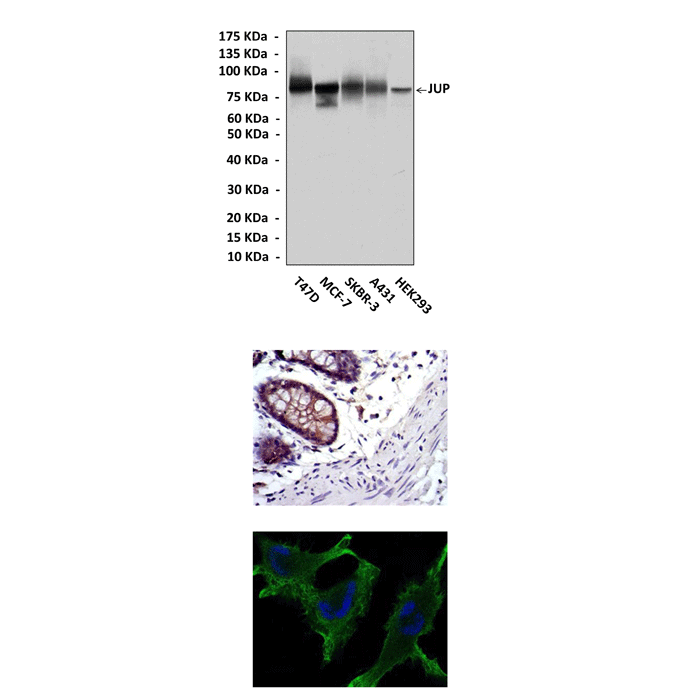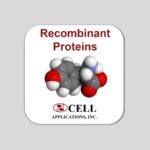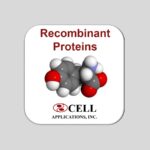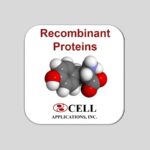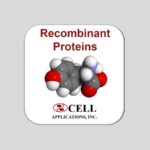Anti-Plakoglobin/JUP: Mouse Plakoglobin/JUP Antibody
Mouse Plakoglobin/JUP Antibody: Mouse Plakoglobin/JUP AntibodyÂ
Size: 100 ul
Price: $457.00
Description
PG and the homologous protein β-catenin share 88% amino acid identity and bind to common protein partners; therefore, they functionally compete with each other. The primary structures of plakoglobin and β-catenin consist of a central armadillo repeat (arm) domain, flanked by the N- and C-terminal “tails”. The tails appear to be unstructured, as they are highly sensitive to proteolysis both in β-catenin and plakoglobin. Moreover, the sequences of these regions are predicted to be intrinsically disordered. The sequences of the arm domains of these two proteins are 79% identical, whereas the N- and C-terminal tails display lower identities of 45 and 27%, respectively. The arm domain of β-catenin (βcat-arm) is an elongated structure of 12 arm repeats, each of which consists of three α-helices. Successive arm repeats pack together to form a superhelical structure that features a 95-Å long positively charged groove. The groove proves to be the binding site of many partners, including cadherins, Tcf family transcription factors, the adenomatous polyposis coli tumor suppressor Axin, and the transcriptional inhibitor ICAT. No structural information has been available for plakoglobin, but its high sequence identity with β-catenin arm domains suggests that the two structures are very similar, including their binding sites for cadherins and other ligands.3
2. Li, J. et al: Mol. Cell. Biol. 31:1134-44, 2011
3. Choi, H.J. et al: J. Biol. Chem. 284:31776-88, 2009
Details
| Cat.No.: | CP10424 |
| Antigen: | Raised against recombinant human Plakoglobin fragments expressed in E. coli. |
| Isotype: | Mouse IgG |
| Species & predicted species cross- reactivity ( ): | Human, Mouse |
| Applications & Suggested starting dilutions:* | WB 1:1000 IP n/d IHC 1:50 – 1:200 ICC 1:50 – 1:200 FACS n/d |
| Predicted Molecular Weight of protein: | 82 kDa |
| Specificity/Sensitivity: | Detects Plakoglobin proteins in various cell lysate. |
| Storage: | Store at -20°C, 4°C for frequent use. Avoid repeated freeze-thaw cycles. |
*Optimal working dilutions must be determined by end user.
